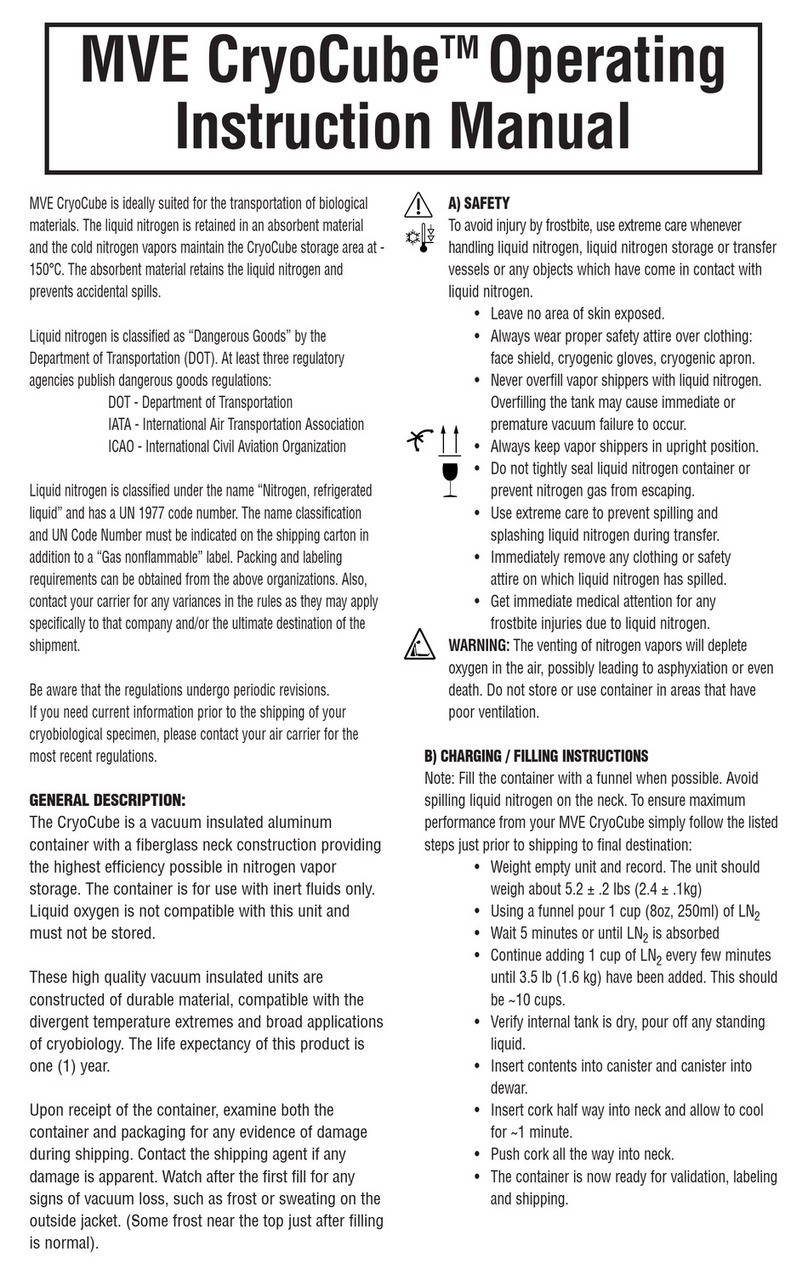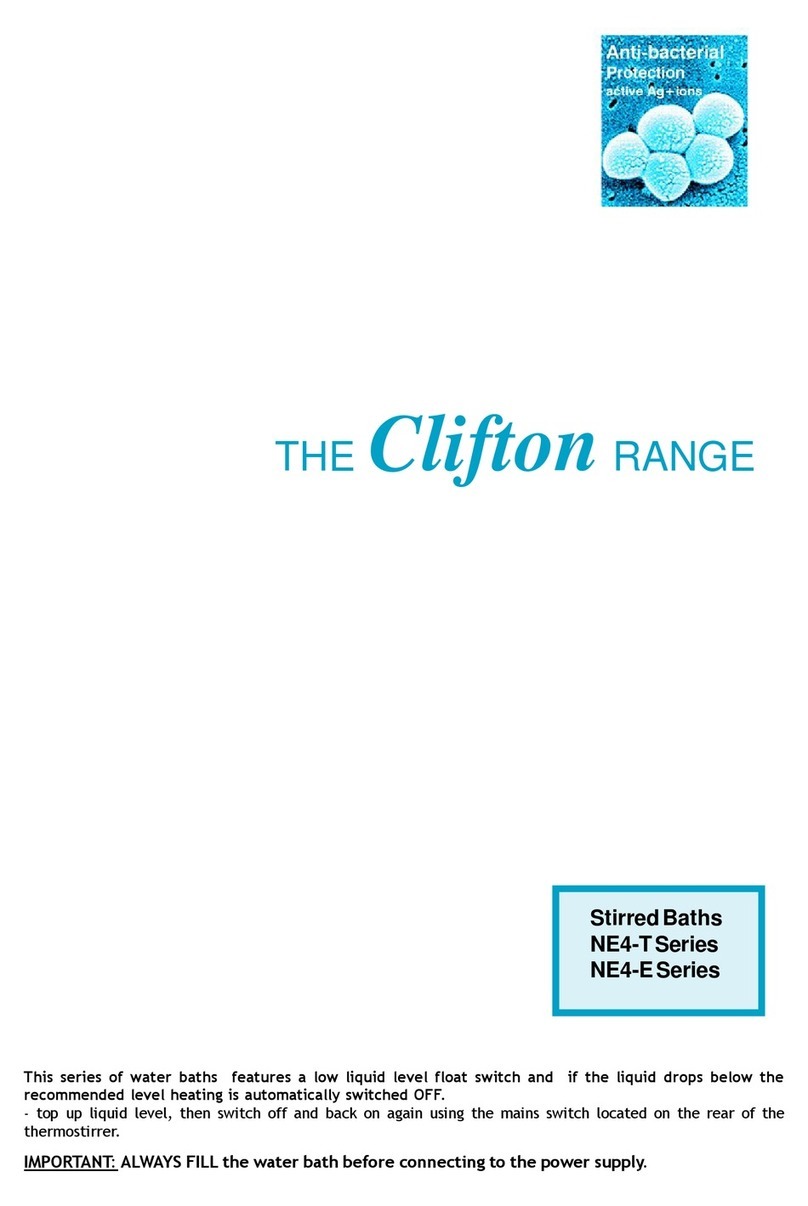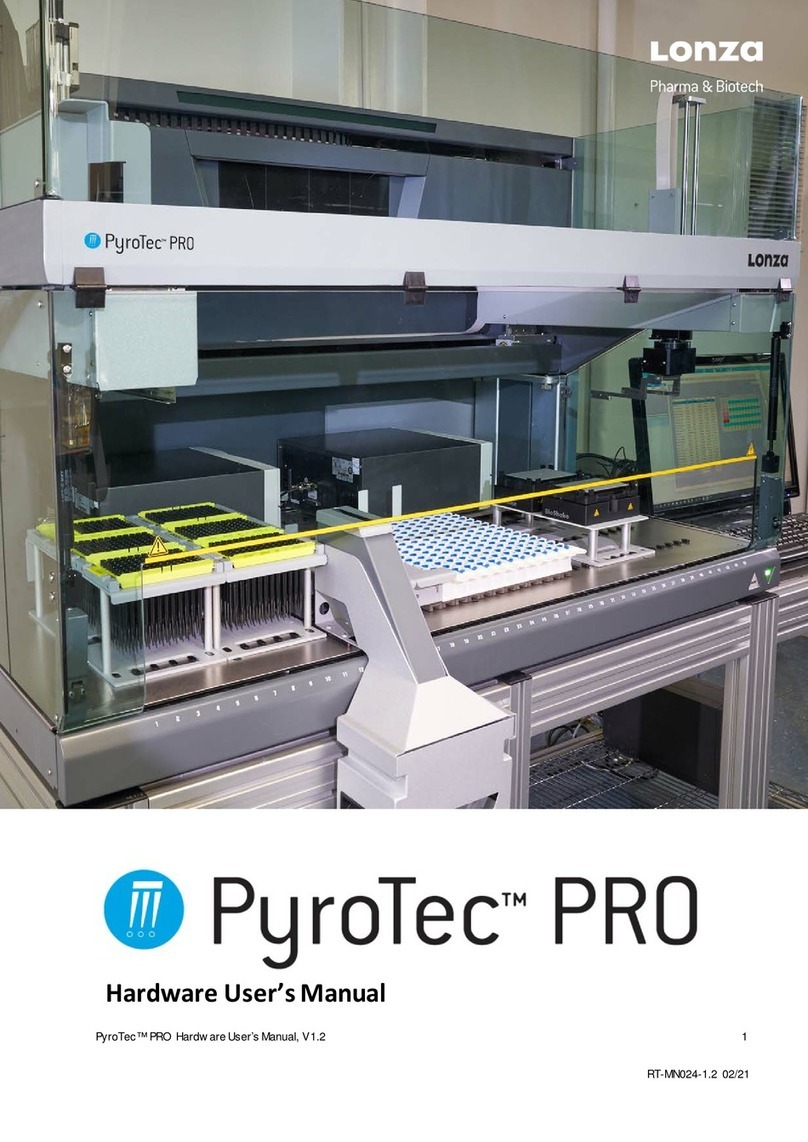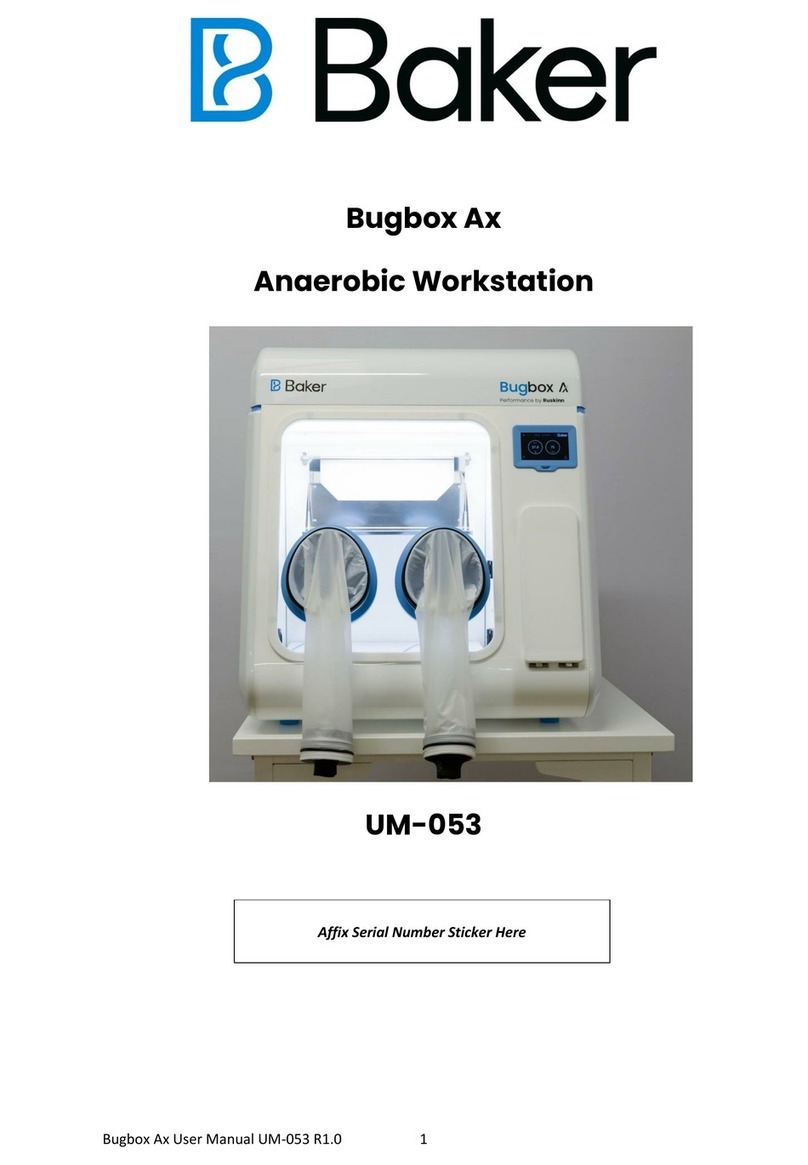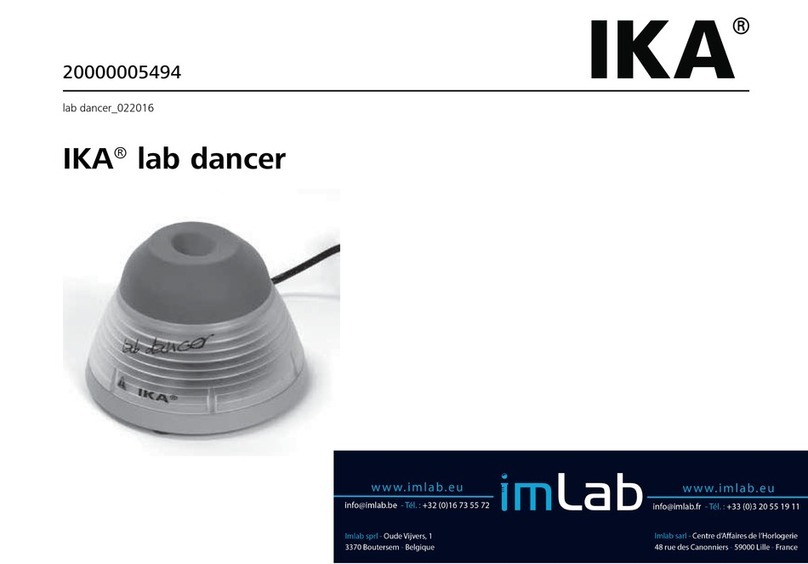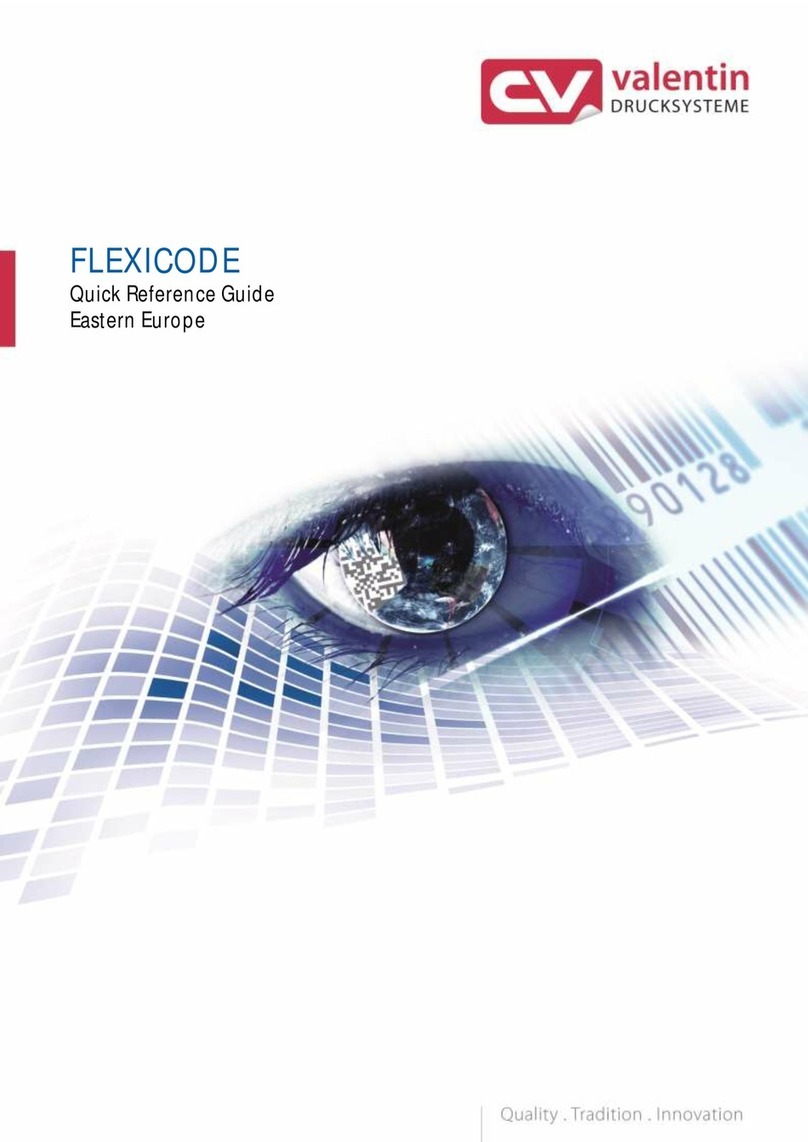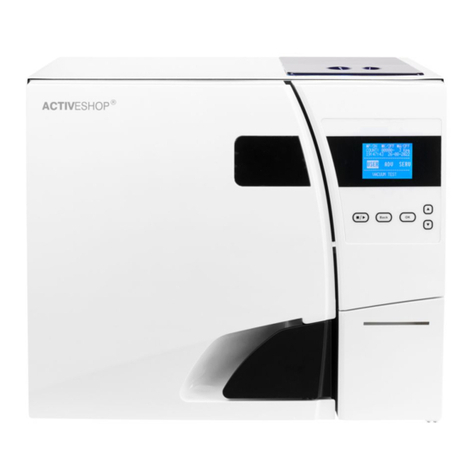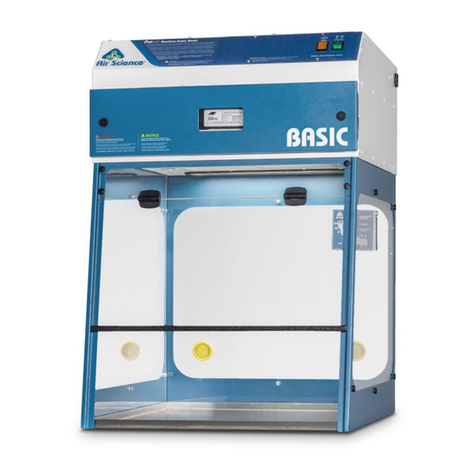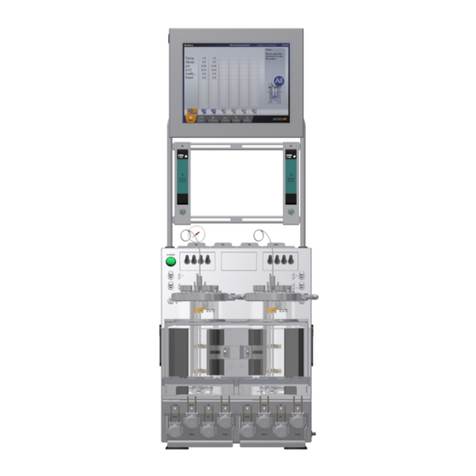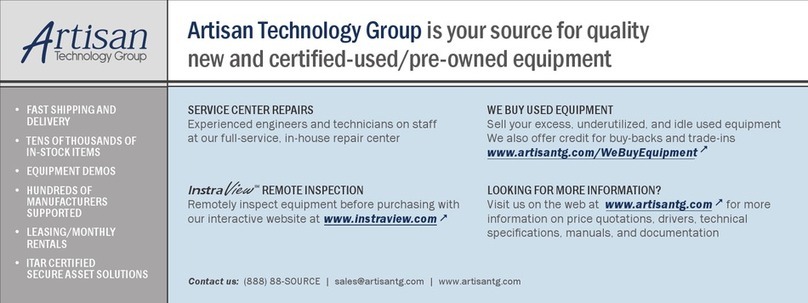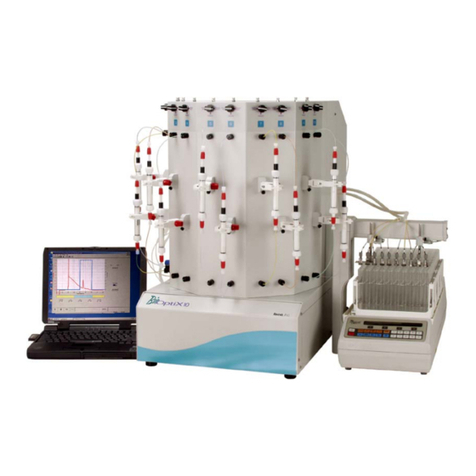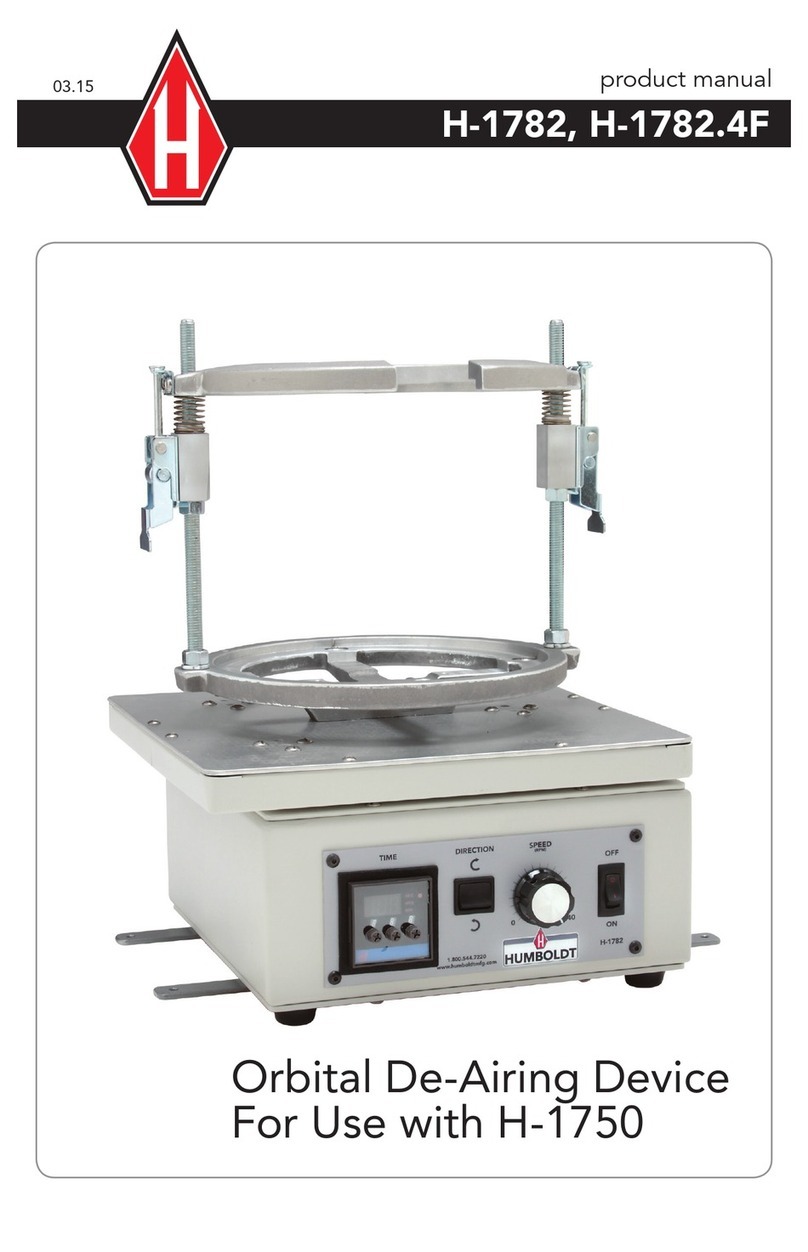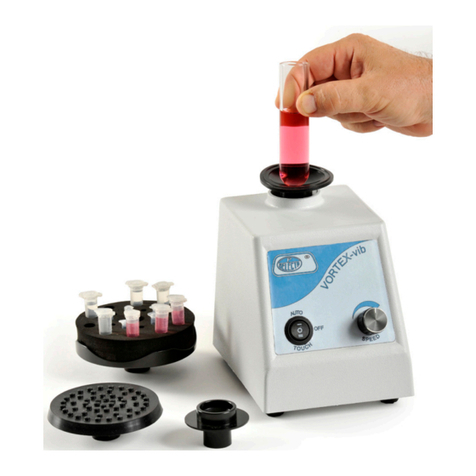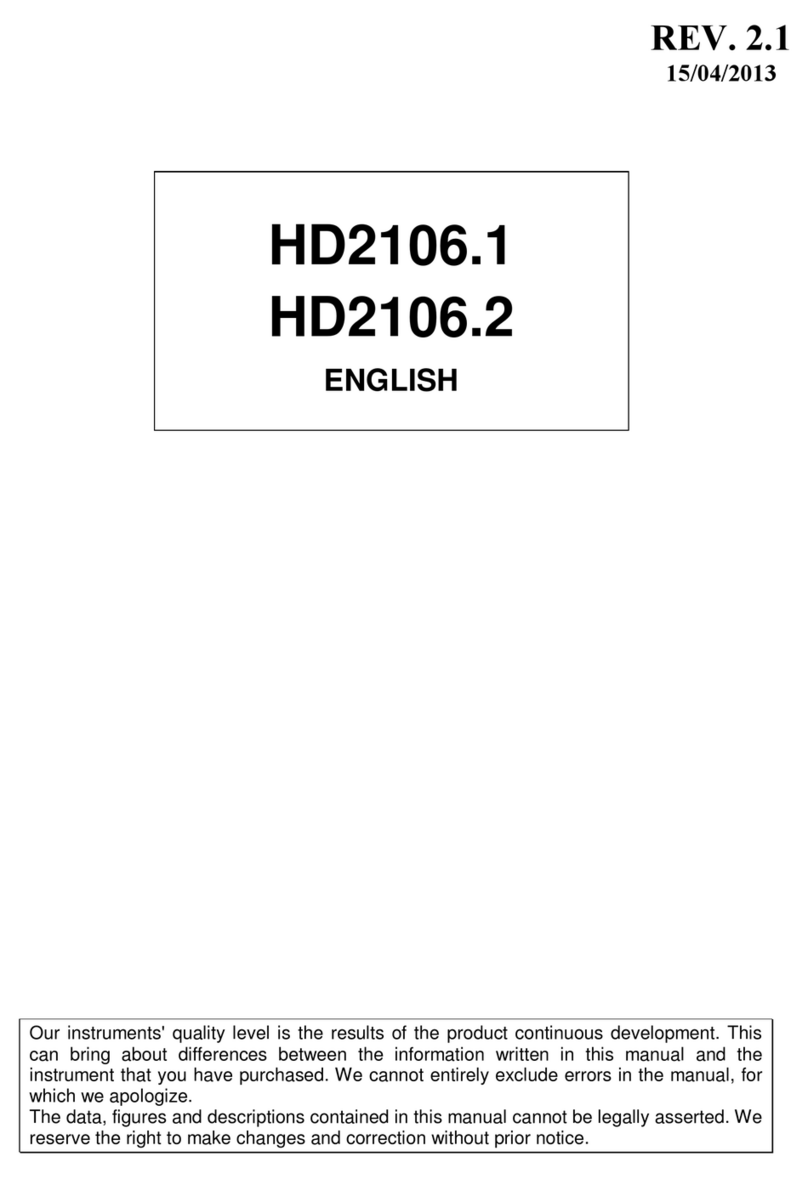MVE Fusion Series User manual

MVE Fusion® Freezer Series
Ref 21205647 Rev
F
–
03/2023

MVE FUSION
® Freezer
Quick Reference
User Manual
Table of Contents
Quick Reference
User Manual
NOTE: MVE Fusion® Freezer should be installed by Chart Personal or an authorized MVE Distributor per the MVE
Fusion® Freezer Technical Manual, PN 20994124.
Please refer to your distributor for maintenance and information pertaining to maintenance. Additional technical
information is available on the Chart website.
NOTE: All MVE models are a Class IIa, externally powered continuous operation medical device. They are not suitable for use
with flammable anesthetics. This equipment has been tested and found to comply with the limits for medical devices to IEC
601-1-2: [or EN 60601-1-1-2:2001 or Medical Device Directive 93/42/EEC].
2 – 21205647 F
P
rodu
c
t
I
d
e
n
t
if
ic
a
t
io
n
Saf
e
t
y
…………………………………………………………………………………………………………………………………………
3
Dis
p
lay
/
Con
t
r
ol
P
ane
l
………………………………………………………………………………………………………………
.7
B
ac
k
P
ane
l
/
E
l
e
c
t
r
ic
a
l
/
P
h
y
sic
al
Con
n
e
c
t
io
n
s
……………………………………………………………………………
8
De
w
ar
P
lu
m
bin
g
C
onn
e
c
t
i
on
s
……………………………………………………………………………………………………
.9
Se
t
u
p/Fillin
g
P
ro
c
e
dur
e
…
…………..
…………………………………………………………………………………
…………..9
Calib
r
at
io
n
of
T
e
m
p
e
r
at
ur
e
P
rob
e
.……
………………………………………………………………………………………
.14
A
lar
m
s
an
d
Definit
i
ons
………………………………………………………………………………………………………………
.15
Cont
ac
t
I
n
fo
r
m
at
i
on
………………………………………………………………………………………………………
…………..1
5

MVE
FUSIO
N
®
Freezer
Quick
Reference
User
Manual
3
–
21205647
F
Safety and First Aid
READ BEFORE OPERATING THIS EQUIPMENT
Liquid nitrogen (LN2) is used in MVE Fusion
®
Freezer as a refrigerant. Understanding and
following certain safety precautions is extremely important when handling LN2 and cryogenic
containers (Dewars).
Liquid Nitrogen Properties
Nitrogen is a colorless, odorless, tasteless gas. Gaseous nitrogen makes up about 78% of
the Earth’s atmosphere by volume. Once collected and isolated, nitrogen can be liquefied.
Thermal Conductivity (Gas)
25.83 mW/(m·K)
Heat of Vaporization (Liquid)
198.38 kJ/kg
Density @ 1 atm (Liquid)
1.782 lbs/L , 807.4 g/L , 808.6 kg/m
3
Liquid Nitrogen Safety
Transferring LN2 and operating the MVE Fusion
® Freezer
should be done in accordance with
the manufacturer / supplier inst
r
uctions. It is important that all safety precautions
recommended by the manufacturer be followed.
□
Nitrogen vapor is a potential asphyxiant as it displaces Oxygen (O
2
)
in confined spaces. Rapid suffocation can occur without warning in
an Oxygen-deficient atmosphere (less than 19.5% O
2
). Chart
Cryogenic Freezers must be installed and operated in well-ventilated
areas.
□
DO NOT vent container in confined spaces.
□
DO NOT enter confined spaces where excess nitrogen gas may be
present.

MVE
FUSIO
N
®
Freezer
Quick
Reference
User
Manual
4
–
21205647
F
□
If exposure has occurred move to ventilated area or fresh air. If
breathing is difficult, supplement oxygen may be required. If not
breathing, give artificial respiration. SEEK IMMEDIATE MEDICAL
ATTENTION.
□
Contact with liquid nitrogen or uninsulated equipment containing
nitrogen can result in cold contact burns or tissue damage.
Nitrogen vapor can cause damage to skin or eyes.
□
In case of frostbite, warm area with warm water not exceeding 105°F
(40°C) and SEEK IMMEDIATE MEDICAL ATTENTION.
Never place LN2 in a sealed container without a pressure relief
device. The expansion ratio of liquid nitrogen to gaseous nitrogen
is 1 to 700 (1 cubic foot of liquid nitrogen becomes 700 cubic feet of
gaseous nitrogen when evaporated).
The two most important safety aspects to consider when handling LN2 are adequate ventilation
and eye and skin protection. Although nitrogen gas is non-toxic, it is dangerous in that the gas
will displace oxygen in a normal breathing atmosphere. Liquid products are of even greater threat
since a small amount of liquid evaporates into a large amount of gas. Therefore, it is imperative
that cryogenic supply and storage Dewars be stored and operated in well-ventilated areas.
Persons transferring LN2 should make every effort to protect the eyes and skin from accidental
contact with liquid or cold vapor. Chart MVE recommends the following protective clothing and
accessories when transferring LN2 or handling hoses, valves, and plumbing components:
Recommended protective clothing
□
Cryogenic gloves (loose fitting)
□
Full-face shield or chemical splash goggles
□
Cryogenic apron
□
Long sleeve shirt and cuffless pants
□
Closed toe shoes (no sandals)

5
–
21205647
F
MVE FUSION
® Freezer
Quick Reference
User Manual
Safety and First Aid
Equipment Usage
Cryogenic containers must be operated in accordance with the manufacturer/
supplier instructions. Cryogenic Dewars must be kept in a well-ventilated area protected
from weather and away from heat sources. In applications that use a modular liquid cylinder
as a source of LN2, the supply will need to be replenished at regular intervals to ensure proper
operation of the freezer.
Recommended First Aid
Every site that stores and uses LN2 should have an appropriate Material Safety Data Sheet (MSDS)
present. The MSDS may be obtained from the manufacturer/distributor. The MSDS will specify the
symptoms of overexposure and first aid to be used. Here is a typical summary. If symptoms of asphyxia
such as headache, drowsiness, dizziness, excitation, excess salivation, vomiting, or unconsciousness are
observed, remove to fresh air. If breathing has stopped, give artificial respiration. CALL A
PHYSICIAN IMMEDIATELY.
If breathing is difficult, supplemental oxygen maybe required. If exposure to cryogenic liquids or cold vapor
occurs, restore tissue to normal, body temperature (37°C) as rapidly as possible, and then protect the
injured tissue from further damage and infection.
Rapid warming of the affected areas is best achieved by bathing it in warm water. The temperature of the
water used should not exceed 40°C. Under no circumstances should the frozen part be rubbed either
before or after warming. If the eyes are involved, flush them thoroughly with warm water for at least 15
minutes. In case of massive exposure, remove clothing while showering with warm water. The patient
should not drink alcohol or smoke. CALL A PHYSICIAN IMMEDIATELY.

MVE FUSION
® Freezer
Quick Reference
User Manual
Please refer to your distributor for maintenance and information pertaining to maintenance.
Additional technical information is available on the Chart Website.
This manual includes the following symbols.
Table 1: the symbols and their descriptions
Symbol
Title
Description
Caution
Signifies a CAUTION of potentially hazardous
situation when operating the device that may result in
minor to moderate injury or property damage.
Warning
Signifies a WARNING of a potentially hazardous
situation when operating the device that may result in
serious injury or property damage.
Warning;
Low
Temperature
Indicates low temperature or freezing conditions. Take
care to avoid exposure to skin, eyes, and clothing.
Warning;
Asphyxiating
Atmosphere
Indicates the potential for an oxygen-depleted
atmosphere due to nitrogen vapor. Take care to
operate device in a well-ventilated area.
Warning; Electricity
Indicates a potential electrical hazard. Take care to
avoid contact with electricity.
Warning; Explosive
Indicates a potential explosive hazard. The expansion
ratio of liquid nitrogen to gas is 1:700 and can cause
explosive conditions if placed into a sealed container.
Wear
Protective
Gloves
Thermal gloves must be worn during indicated
procedures.
Wear a Face Shield
A face shield must be worn during indicated
procedures.
ETL Listed Mark
Chart Fusion
®
Freezer is conformed to UL STD
61010-1 and certified to CSA STD C22.2#61010-1.
WARNING: Do not modify this equipment without authorization of the manufacturer.
NOTE: The recommended LN2 supply pressure is 22-35 psig (1.52 - 2.41 bar)
6 – 21205647 F

MVE
FUSIO
N
®
Freezer
Quick
Reference
User
Manual
7
–
21205647
F
NOTE: The recommended LN2 supply pressure is 22-35 psig (1.52 - 2.41 bar)
Display / Control Panel
Table 1: Front Panel Identification
Front Panel
MVE FUSION
® Freezer
Graphical User Interface (GUI)
Displays Freezer Temperature and Cryogen (LN2) Level % on home screen.
Display A Liquid Crystal Display (LCD) shows the value of all the current conditions
including Freezer Temperature and LN2 level. The display also shows any
current alarm conditions that may exist.
RTD Probe
Used to monitor the internal Fusion
®
F
reezer temperature.
Alarm Visual
and
Audible
Used to silence the visual and audible alarms. Also used to reset the
latching global alarm after the alarm condition is corrected.
Please refer to your distributor for maintenance and information pertaining to maintenance.
Additional technical information is available on the Chart Website.

8
–
21205647
F
MVE
FUSIO
N
®
Freezer
Quick
Reference
User
Manual
Back Panel / Electrical / Physical Connections
1
RTD Temperature Probe Connection
2
Global Alarm Contacts (These connections monitor All Alarms)
3
Service Serial Port
4
Service Serial Port
5
Input Power
6
Main Power Switch
7
Battery Backup Power Switch
Please refer to your distributor for maintenance and information pertaining to maintenance.
Additional technical information is available on the Chart Website.
2
5
3
1
4
7
6

9
–
21205647
F
MVE
FUSIO
N
®
Freezer
Quick
Reference
User
Manual
Fusion® Freezer Dewar Plumbing Connections
NOTE: The recommended LNG supply pressure is 22-35 psig (1.52 - 2.41 bar).
Procedure for the First Fill
1. Do not power on the Fusion® Freezer until all steps are followed.
2. Make sure to have two, 230-liter liquid nitrogen cylinders at 22-35PSI for the first fill.
3. Load racks and empty boxes or alternate inventory systems into the MVE Fusion® Freezer.
NOTE: VERY IMPORTANT TO ADD RACKS AND BOXES BEFORE FILLING.
CAUTION: Venting may occur which will result in a loss of cryogen inside the pressure vessel
if warm racks are installed after the Fusion’s first fill and/or if more than 1, 2, or 3 warm
racks are installed during its subsequent operation. Be prepared to have a 230-liter liquid
nitrogen cylinder @ 22-35psi to refill pressure vessel if this occurs.
Vent
Port
Pressure
Relief
Valves
Nitrogen
Fill
P
ort

MVE
FUSION
®
Freezer
Quick
Reference
User
Manual
NOTE: The recommended LN2 supply pressure is 22-35 psig (1.52 - 2.41 bar).
See the rack Layout below for reference.
4.
Connect one 230 cylinder full of cryogen (LN2) to the Fusion
® Freezer
inlet valve using the supplied
transfer hose with the cane oriented in the vertical position, so the pressure relief valve can vent
downwards.
NOTE: One temperature probe will be factory installed in the backside of the Fusion®
Freezer Dewar. Another aftermarket temperature sensor can be installed in the secondary
sensor tube. Please note, if no additional sensor will be added into that tube, make sure to
seal the rubber stopper in the opening with silicone. This will help prevent ambient air and
moisture from being drawn into the tube.
10 – 21205647 F

MVE
FUSION
®
Freezer
Quick
Reference
User
Manual
11
–
21205647
F
CAUTION: If an aftermarket temperature sensor is not installed in the secondary sensor
tube, the tube should remain plugged with the factory installed pl
ug and add sealant.
5.
Shut off the two isolation valves located underneath the shroud on both sides of the
liquefier.
6. Open the supply tank liquid valve.
7.
Open the fill valve on the back of the Fusion® Freezer.
Op
e
n
fill
v
al
v
e

MVE
FUSION
®
Freezer
Quick
Reference
User
Manual
12
–
21205647
F
8.
Open the vent valve on the back of the Fusion® Freezer. This will create a pressure differential
sufficient to push the LN2 from the supply tank into the freezer. The vent valve will remain
open until the Fusion® Freezer is filled with LN2.
9. After 5 to 10 minutes filling of the pressure vessel, and once a continuous flow of gaseous nitrogen from
the vent valve is observed, you may begin filling the sample space with LN2 from the second liquid nitrogen
cylinder. This will assist in cooling the space as well as reducing pressure build up that may cause the relief
valves to vent noisily.
10. As the freezer and its contents are at room temperature for the first fill/charge, fill the internal
sample storage area with 20-30 liters of LN2 through the neck of the tank using the second LN2
supply tank with another transfer hose have a phase separator (not supplied).
11. After filling the sample storage area with 20-30 liters of LN2 through the neck, install the lid
assuring that the lid lock through hole, located in the lid, aligns with the lid lock tab located on the
Dewar neck. This will help align the magnet on the lid to the lid switch.
NOTE: The inner pressure should fill in about 35 to 45 minutes (using a supply source of
22-35PSIG)

13
–
21205647
F
MVE
FUSIO
N
®
Freezer
Quick
Reference
User
Manual
12. Once LN2 begins to flow steadily out of the vent valve muffler, first shut off the Fusion® Freezer
vent valve, then shut off its fill valve. Lastly, shut off the fill valve on the LN2 supply tank.
13. Open both isolation valves.
14. The freezer's pressure relief valve(s) will begin releasing gaseous nitrogen as the liquid boils off
and the pressure builds (above 50 PSIG) inside of the storage tank. As the internal chamber and
storage racks come down to temp, the "relief" events will decrease.
15. Connect A/C electrical power to MVE Fusion® Freezer power receptacle at the rear. BUT DO
NOT TURN ON UNTIL ALL OF THE ABOVE STEPS HAVE BEEN COMPLETED.
16. Once all above steps have been completed, the MVE Fusion® Freezer can be turned on by
flipping the main power switch to the ON position, followed by flipping the BB Enable/Disable
(backup battery) switch to the ON position. The Fusion's main screen will automatically turn on.
Below shows the default LCD startup order. No programming is required for the first fill and
normal operation MVE Fusion Default Password: Fusion01
1* 2*
3* 4*
16. To turn off the MVE Fusion® Freezer simply flip the main power and the backup battery
switches located on the back of the Fusion to the off position.

14
–
21205647
F
MVE
FUSIO
N
®
Freezer
Quick
Reference
User
Manual
Calibration of Temperature Probe
The factory installed RTD temperature probe used on the MVE Fusion
® Freezer
has been
verified by Chart using calibrated equipment.
This method provides a level of accuracy of +/-
1.8°F (+/- 1°C) when operating at altitudes between 1000ft to 1500ft (305m to 457m). Further
calibration should not be required unless desired by the end user. Refer to the MVE Fusion
Technical Manual for information on calibration methods and procedures.
Please refer to your distributor for maintenance and information pertaining to maintenance.
Additional technical information is available on the Chart Website.

15
–
21205647
F
MVE
FUSIO
N
®
Freezer
Quick
Reference
User
Manual
Alarms and Descriptions
Alarm
Display
Description
TIP TEMP FAULT
Issue with thermocouple located on the
QDRIVE®
Cryocooler cold tip.
SYSTEM SHUTDOWN
Fusion freezer has shutdown
REJECT TEMP FAULT
Issue with thermocouple located on the
QDRIVE®
C
ryocooler heat rejector.
MOTOR TEMP L FAULT
Issue with thermocouple located on the
QDRIVE®
C
ryocooler left motor.
MOTOR TEMP R FAULT
Issue with thermocouple located on the
QDRIVE®
C
ryocooler right motor.
TEMP A OPEN
Issue with the RTD connection.
MOTOR R OUT OF RANGE
QDRIVE®
Cryocooler right motor temperature is
out of the allowable range.
MOTOR L OUT OF RANGE
QDRIVE®
Cryocooler left motor temperature is
out of the allowable range.
TIP TEMP OUT OF RANGE
QDRIVE®
Cryocooler cold tip temperature is
out of the allowable range.
REJECT T OUT OF RANGE
QDRIVE®
Cryocooler reject temperature is out
of the allowable range.
TEMP A OUT OF RANGE
RTD temperature out of the allowable range.
TEMP A SHORT
Issue with RTD.
VIBRATION FAULT
QDRIVE®
Cryocooler vibration level is out of the
allowable range.
LID OPEN
The Fusion lid has been off for more than 5 minutes.
BATTERY LOW
Backup battery voltage is low.
LN2 OUT OF RANGE
Cryogen (LN2) level within the storage vessel is out of
the allowable range.
GAS PRESS OUT OF RANGE
Gas Pressure within the storage vessel is out of the
allowable range.
VFD HARDWARE FAULT
Issue with the Fusion electronics.
VFD OVER CURRENT
Issue with the Fusion electronics.
VFD OVER TEMPERATURE
Fusion electronics temperature is out of the
allowable range.
If any alarms occur please contact your authorized MVE Distributor or Customer
/
Technical Service
Please refer to your distributor for maintenance and information pertaining to maintenance.
Additional technical information is available on the Chart website.

MVE
FUSIO
N
®
Freezer
Quick
Reference
User
Manual
Preventative Maintenance
Preventative Maintenance Schedule
This section describes the preventative maintenance that should be performed on the
MVE Fusion freezer to ensure optimum operation and performance, as well maximum
service life. As with any technical piece of laboratory equipment, preventative
maintenance is key to equipment success (see Table 3).
NOTE: This is the Chart recommended preventative maintenance schedule. MVE freezer
Distributors may have a more comprehensive maintenance/service plan.
Table 3: Preventative Maintenance Schedule
Activity Weekly
Monthly
6
Months
12
Months
24
Months
60
Months
Relief Valve Inspection
x
Globe Valves (Inlet/Vent) Inspection
x
Lid Inspection
x
Lid Thaw (As
necessary)
Lid Gasket Inspection
x
Lid Gasket Replace (As Necessary)
x
Dewar Neck Gasket Inspection
x
Dust Removal from within Liquefier
Assembly
x
Fan Inspection and dust removal
(Replace If Noisy/Rattling)
x
Inspect LCD - Menus are Accessible
x
Step Assembly Inspection (Replace
as necessary)
x
Check Backup Battery Voltage
x
Backup Batteries Replacement
x
Please refer to your distributor for maintenance and information pertaining to maintenance.
Additional technical information is available on the Chart Website.
16 – 21205647 E

MVE
FUSIO
N
®
Freezer
Quick
Reference
User
Manual
NOTES:
17 – 21205647 F

MVE
FUSIO
N
®
Freezer
Quick
Reference
User
Manual
General Terms:
Other manuals for Fusion Series
2
This manual suits for next models
1
Table of contents
Other MVE Laboratory Equipment manuals
